5 Things to Know About Outer Banks NC Weather
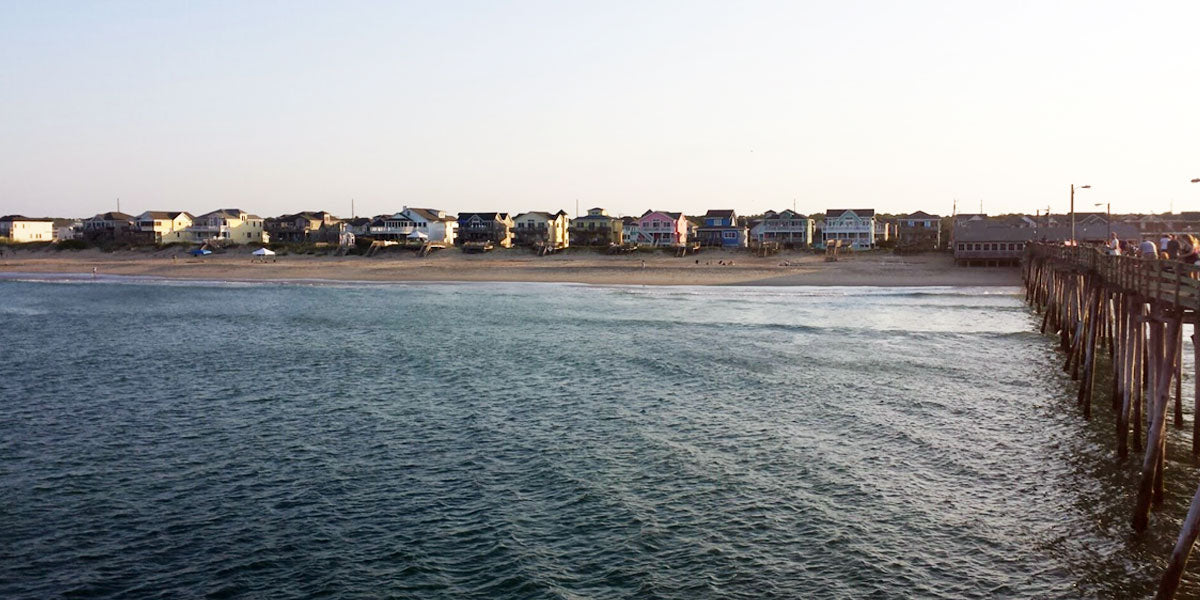

While packing for a week-long trip to North Carolina's Outer Banks, one question that many travelers have is "what should I pack, what is the weather going to be like?"
Like anywhere, temperatures can vary based on the time of year and when you add-in the uncertainty of the Atlantic Hurricane season, packing the perfect selection of clothing in your suitcase can be tricky.
Here are 5 things you should know about the weather on the dynamic barrier islands of the Outer Banks.
1. Hottest months of the Outer Banks are June, July and August
Vacationing during the summer?
This is not only the busiest time of year to visit - it's also when the peak temperatures typically occur! Bring lots of sunscreen and pack plenty of water in your cooler.
Also, don't forget to bring an umbrella and a rain jacket as afternoon showers are not uncommon during the summer.
2. Pay attention to the Atlantic Hurricane season
Hurricanes can pop up out of nowhere and gain traction quickly in the warm ocean water. Pay attention to the Weather Channel before your stay and note that the hurricane season for the Outer Banks runs from June 1st through November 30th.
In general, the peak of the season is in early-September... that's not to say there haven't been hurricanes that smashed into the coast during July 4th weekend, like hurricane Arthur in 2004!
3. Travel insurance is worth considering
Ever heard of travel insurance? This type of insurance protects you from any uncertainly related to your upcoming vacation and may be something you should consider. Trip insurance will refund you if book your stay and there is a named hurricane headed to coastal North Carolina.
If you book a stay in January and something unexpected happens in July that is preventing you from enjoying your stay, travel insurance can help. Please carefully read through the terms and conditions and ask lots of questions before purchasing.
4. It's almost always windy on the Outer Banks
Why do you think the Wright brothers chose Kitty Hawk, NC to test their flying machines?
When you step outside your rental home or condo you'll almost always feel wind brushing against your face. The consistent wind makes the Outer Banks an ideal place to fly a kite or learn how to hang glide or try your hand at kiteboarding.
5. The weather is just right in September and October
One of the absolute best times of year to visit the Outer Banks is during the months of September and October. Humidity and air temperatures are lower than the summertime and the ocean water is still warm enough to swim in without a wetsuit.
Plus, vacation rental home and condo prices are marked down significantly in comparison to July or August. Also there are fewer people in line at Food Lion on Saturday night and you probably won't be waiting an hour to get seated at your favorite area restaurant.
Outer Banks Average Weather and Water Temperatures Table
| Month | Max. Temp. | Min. Temp. | Water | Wind | Precip. |
| January | 52 | 38 | 49 | 15 | 4.8 |
| February | 53 | 38 | 46 | 15 | 4.6 |
| March | 58 | 43 | 52 | 14 | 2.9 |
| April | 66 | 51 | 58 - 60 | 15 | 3.1 |
| May | 74 | 60 | 68 | 13 | 3.8 |
| June | 80 | 68 | 72 - 75 | 13 | 4.5 |
| July | 84 | 72 | 76 - 79 | 13 | 6.3 |
| August | 83 | 72 | 76 - 79 | 13 | 6.3 |
| September | 79 | 68 | 75 - 78 | 11 | 5.2 |
| October | 71 | 59 | 68 - 72 | 12 | 3.1 |
| November | 63 | 49 | 58 | 14 | 3.5 |
| December | 55 | 40 | 55 | 14 | 3.5 |
| Averages | 68 | 55 | 55 | 14 | 4 |
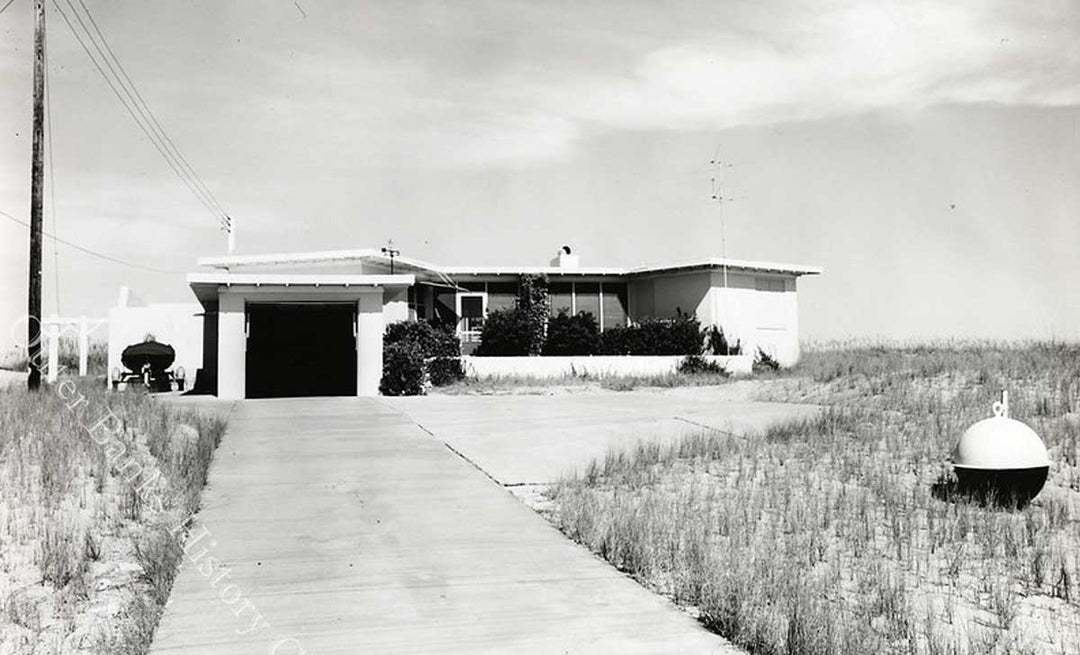

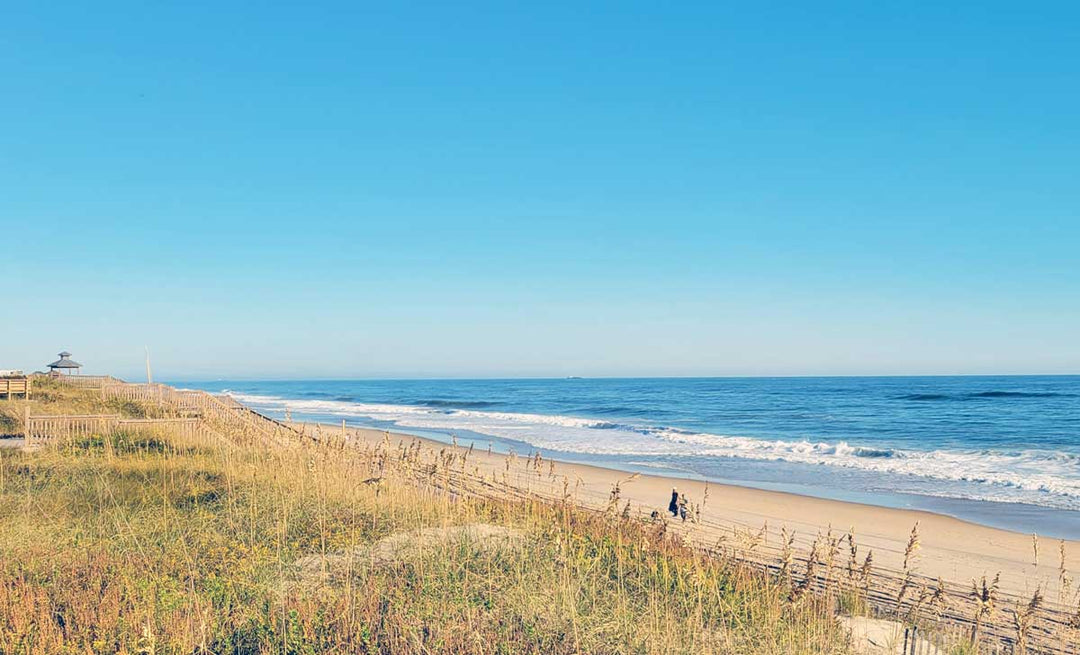
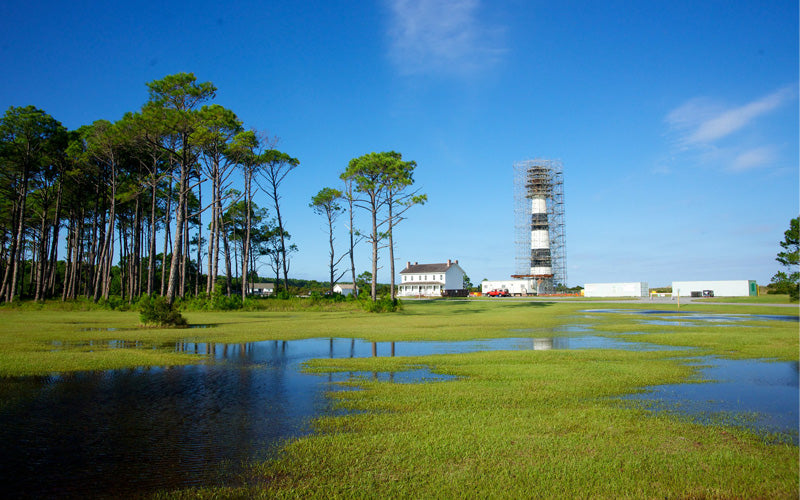
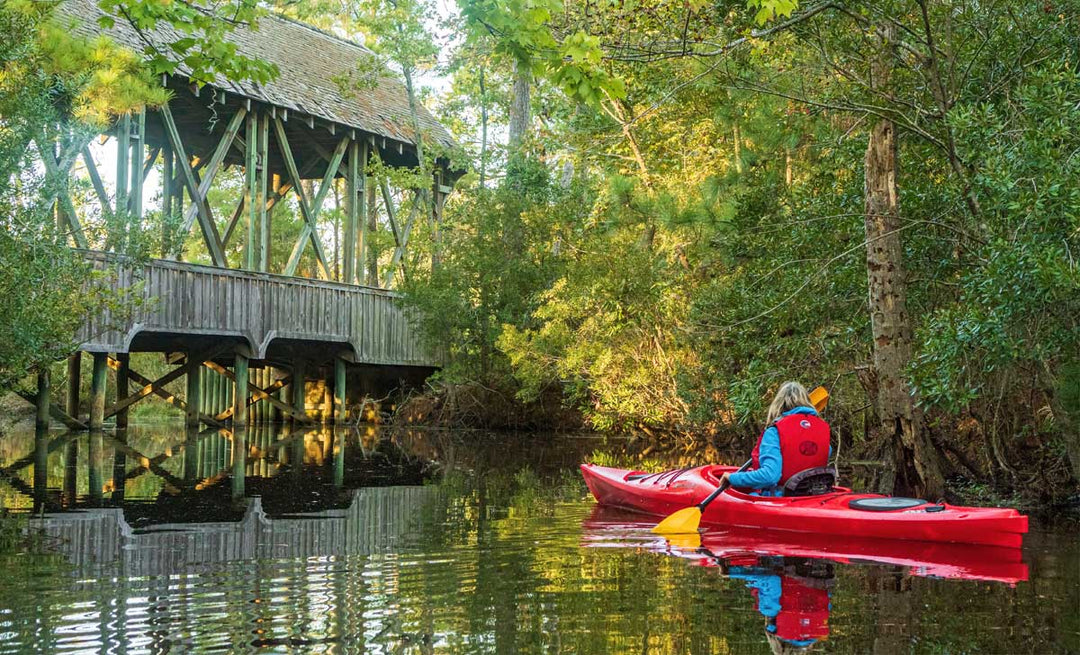
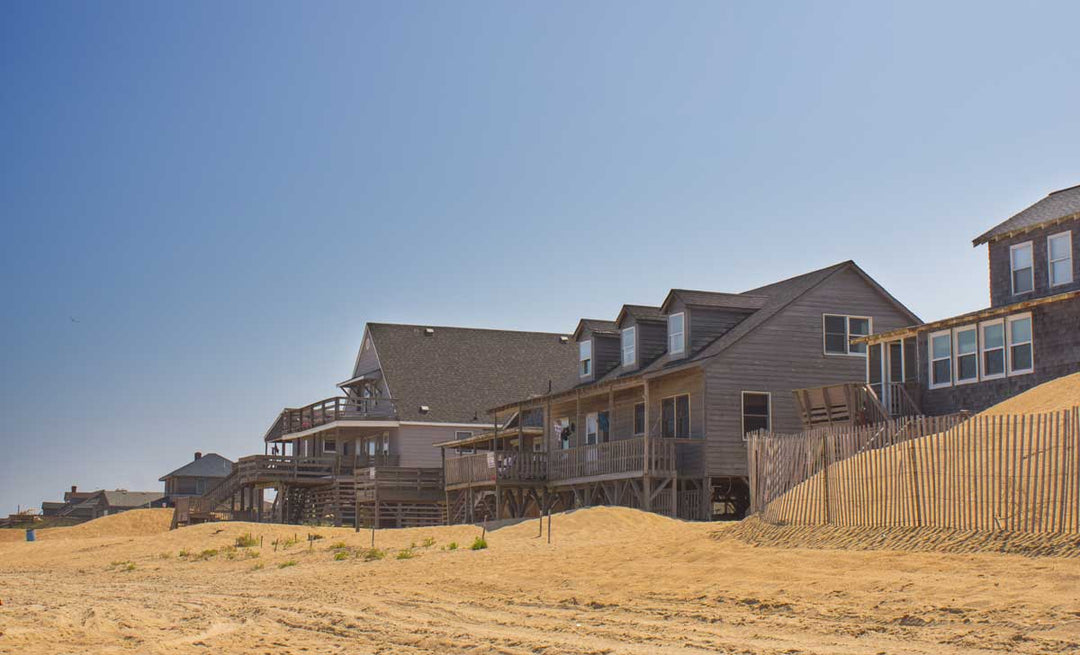
You have some good info on your web site—very helpful when panning a trip, Thank You so much!
Leave a comment